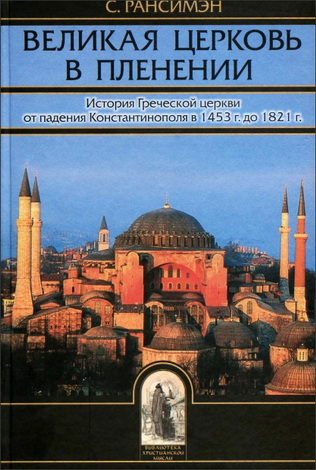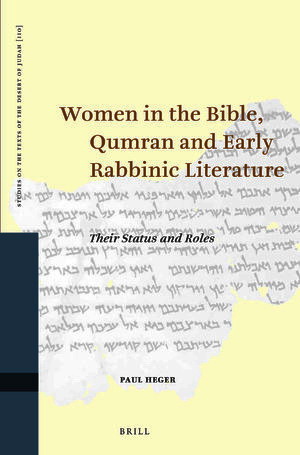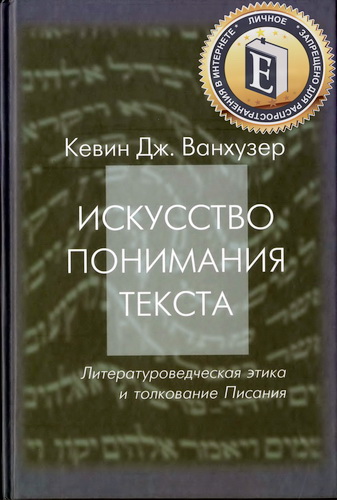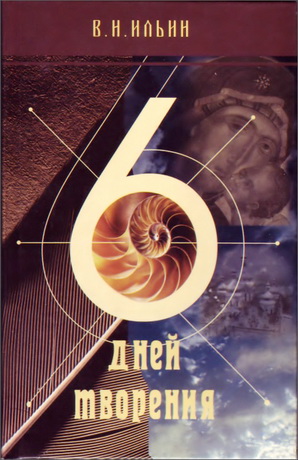
Heger - Women in the Bible, Qumran and Early Rabbinic Literature

Scholars have considered the difference between Gen 1:27, which announces the simultaneous creation of man and woman, and Gen 2:20-22, which records woman’s later creation as a divine afterthought, thus arguably demonstrating her inferiority. Various interpretations are employed to repudiate this interpretation and offer other conclusions, among them the contrary deduction that only after the creation of woman was the divine creation finally accomplished, making her the pinnacle of creation.23 24 25 26 27 Noort writes that Gen 1:27 “aims at the credo that the separation in male and female belongs to creation from the beginning. There is no priority.” He disputes the rabbinic midrash of Gen. Rab. parsha 8:1 that man was initially created androgynous but at the same time declares, “it is unlikely that the priestly writer [of Gen 1] should correct the older story of creation [of Gen 2] in aiming at an equal position for males and females.” Thus, like the traditional commentators, Noort does not perceive a contrast between the Creation narratives in Gen 1 and Gen 2,2s although other scholars do not accept this explanation. He alleges that the male and female are differentiated in Gen 1:27 “because it foreshadows the blessing of fertility of Gen 1:28.” It seems to me that there is some contradiction between Noort’s comments on Gen 1 and 2 and the concluding sentence of his study. Debating Carol Meyers, he says of the differentiation between male and female in the payments for the commutation of vows in Lev 27:2-7 that “it must be that the Priestly Code [Gen 1] is written in a social context where a male is worth more.” Hence, if I understand him correctly, even the priestly Creation narrative in Gen 1 considers the woman inferior to man. On the other hand, he concludes the chapter by stating that “In the real world of the narrator man and woman are not equal. The narrator of the poetic scene of Gen 2 shows, however, that this [inequality] is not the original plan of Yahwe Elohim.” Here Noort seems to be asserting that the texts of Gen 1 and 2 indicate that man and woman are equal.
Some scholars have attempted to dismiss the suggested significance of man’s prior creation by appealing to the midrash of Gen. Rab. 8:1, cited above, which argues for an androgynous creation (as recorded in Gen 1:27), subsequently divided by God into man and woman (as recorded in Gen 2:21-22); thus, they assert a simultaneous creation of both genders. However, this interpretation does not resolve the claim that man holds favoured status because of his prior creation, if indeed this implies superiority over the later-created woman. It solves the apparent contradiction between the statements in Gen 1:27 that both man and woman were created together, and the divine pronouncement in 2:18 indicating the woman’s later creation, but not the claim that man was not created prior to woman. In fact, according to the midrash, the man was in essence created first, and the woman was only subsequently shaped from him. Further, because this is only one of the rabbis’ various imaginative explanations of the apparently simultaneous creation of man and woman, it cannot serve as evidence for an interpretation of the scriptural narrative, which implies that woman was a later creation.
I dispute Susan Niditch’s assertion that the rabbinic midrash of the androgynous creation was intended to resolve “the tension between male and female, the tempted and the temptress, by insisting that maleness and femaleness were characteristic of the first man himself.” Rather it is evident from the midrash that its purpose is to solve the contradiction between the phrase זכר ונקבה בראם (Gen 5:2) in the plural, “He created them male and female,” and בצלם אלהים ברא אתם (Gen 1:27) “in the image of God created he him” (KJV translation), in the singular Rabbi Jeremiah states that the first creation was androgynous, and this is the meaning of the verse in Gen 5:2.34 In b. Erub. 18a Rabbi Abuhu points explicitly to the contradiction between the contents of the two verses and he resolves it by advancing the notion that initially God intended to create two [humans], but then created only one.
Paul Heger - Women in the Bible, Qumran and Early Rabbinic Literature. Their Status and Rotes
(Studies on the Texts of the Desert of Judah, vol. 110)
Leiden/ Boston : Brill, 2014. - 431 pp.
ISSN 0169-9962
ISBN 978 90 04 27691 8 (hardback)
ISBN 978 90 04 27711 3 (e-book)
Paul Heger - Women in the Bible, Qumran and Early Rabbinic Literature. Their Status and Rotes - Contents
Preface and Acknowledgements
Introduction
Methodology 5 Plan of the Book 5 Sources
PART 1
1 The Creation Narrative and the Status of Women
1.1 Introduction
1.2 The Biblical Text: Problems and Interpretations
1.3 Qumran’s Possible Understanding of the Creation Narrative and Its Legal Ramifications
1.4 Rabbinic Interpretation of the Creation Narrative: Positive and Negative Attitudes towards Women in Midrashim
1.5 Conclusion
2 Interpretations of the Fall Narrative
2.1 Introduction
2.2 The Biblical Text: Problems and Interpretations
2.3 Qumran Interpretation of the Woman’s Role in the Fall Narrative
2.4 The Rabbinic Interpretation of the Fall Narrative
2.5 Underlying Philosophy and Theology of Rabbinic Midrashim and Quasi-Halakhot
2.6 Deducing the Theology and Philosophy Underlying Rabbinic Literature
2.7 Conclusion, Part 1: Interpretations of the Creation and Fall Narratives
PART 2
3 The Father’s Authority and Responsibility, and Their Limitations: A Debate with Scholarly Theories
3.1 Introduction
3.2 Slavery and Manumission for Israelite Women: Scriptural Rules
3.3 Rabbinic Rules Relating to Male and Female Minors
3.4 Plausible Attitude of Qumran towards the Father’s Authority
3.5 A General Reflection on the Status of Women in Jewish Writings
4 Women’s Obligations to Fulfill Biblical Precepts
4.1 Introduction
4.2 Scriptural Attitudes towards Women’s Obligations
4.3 Rabbinic Viewpoints on Women’s Obligations to Fulfill Biblical Precepts
4.4 Debating Safrai’s Theory on the Sequence of the Developmental Stages
4.5 Qumranic Attitudes on Woman’s Obligations to Fulfill Biblical Precepts
4.6 Conclusion
5 Were Women Members of the Eda-Yahad?
5.1 Scriptural Commands That Lack Precision about Gender
5.2 Qumran’s Principle of Eda, the Yahad Holy Community, and Its Legal
5.3 References to Yahad in Qumran Writings: Differing Scholarly Proposals
5.4 Sharing Wealth of Members in 1QS and in CD: Identical or Different?
5.5 Interim Conclusion
5.6 Debating Schuller’s and Grossman’s Theories
5.7 Debating Wassen’s Theory
6 The Polygamy Rules of CD IV:20-V:2 and 11Q19 LVII:i5-i9 and Their Sources: Implications for Divorce and Remarriage
6.1 Introduction
6.2 The Interpretation of CD IV:20-V:1: Disputing Schremer’s Theory
6.3 Motivations and Sources of the Prohibition on Polygamy in CD
6.4 Does CD Prohibit Divorce?
7 Asceticism in Scripture and in Qumran and Rabbinic Literature
7.1 Introduction
7.2 What Is Asceticism?
7.3 Fraade on Rabbinic Asceticism
7.4 The Biblical Attitude towards Pleasure: The Antithesis of Asceticism
7.5 Pleasure and Self-Denial in the Rabbinic Literature
7.6 Fraade’s Thesis: Obstacles to Spiritual Fulfillment
7.7 Asceticism in the Qumran Texts
7.8 Conclusion
8 Genealogy and Holiness of Seed in Second Temple Judaism: Facts or Creative Supposition?
8.1 Introduction
8.2 Genealogical Purity or Cultural Survival?
8.3 Interpreting Ezra and Nehemiah on Intermarriage
8.4 Disputing Hayes’ Theory
8.5 Disputing Hayes on Qumran’s Attitude towards Intermarriage
8.6 Conversion and the “Holy Seed” Theory
8.7 Conclusion
8.8 Appendix: The Term NOD in Scripture, Qumran and Rabbinic Literature, and Scholarship
Epilogue: Some Reflections
Bibliography of Works Cited
Citations Index




Комментарии
Пока нет комментариев. Будьте первым!